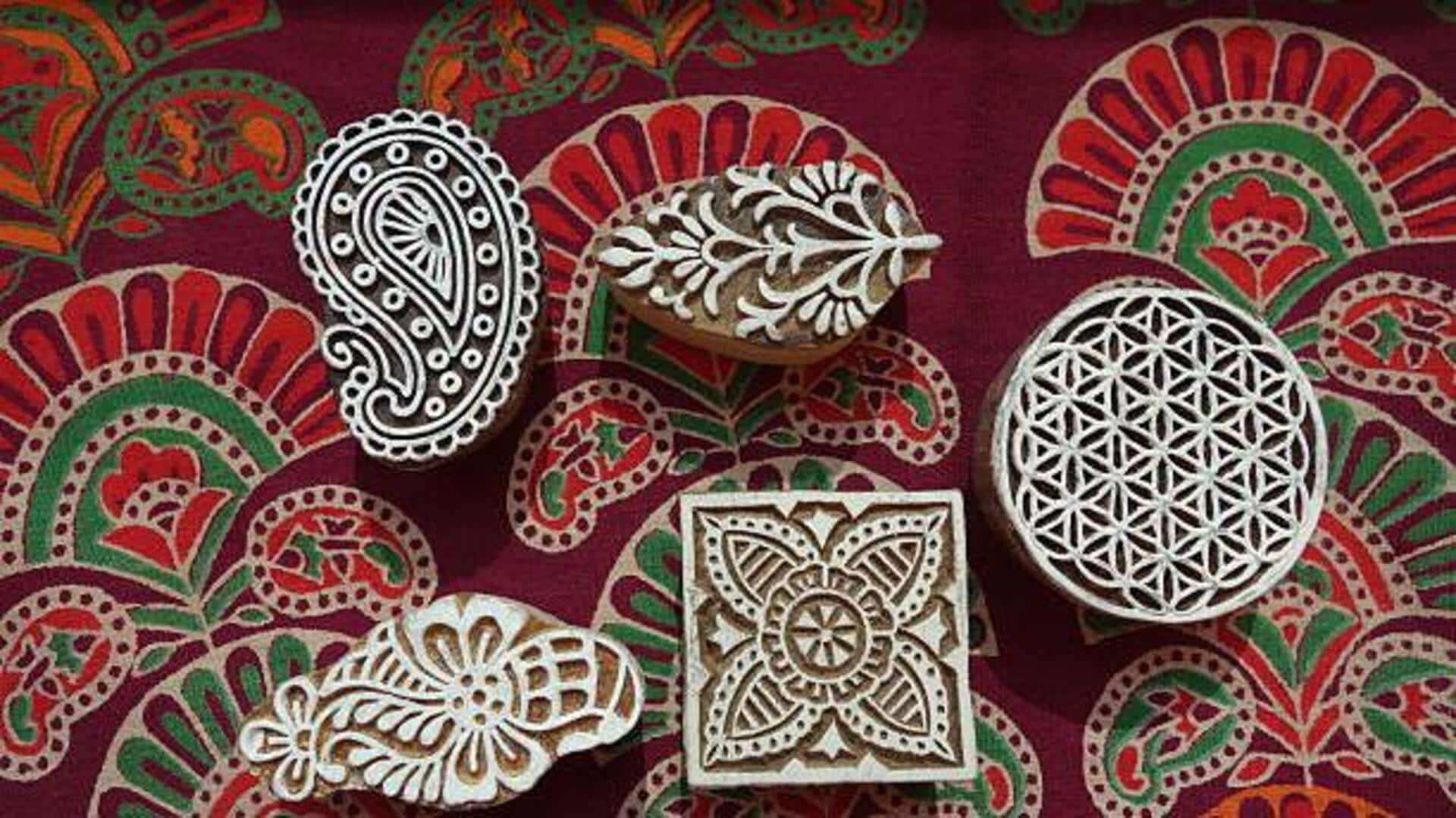
African block printing: 5 iconic patterns
What's the story
African textile block printing is a vibrant art form that has been practiced for centuries. It involves using carved wooden blocks to create intricate patterns on fabric. This technique is not just a means of creating beautiful textiles, but also a way of preserving cultural heritage. The patterns often carry symbolic meanings and reflect the diverse cultures across the continent. Here are five classic patterns that continue to inspire and influence modern fashion and design.
#1
Adinkra symbols
Adinkra symbols are visual representations of concepts and aphorisms, originating from the Akan people of Ghana. These symbols are printed on cloths worn during important ceremonies. Each symbol has its own meaning, representing concepts like strength, unity, or wisdom. The use of Adinkra symbols in block printing allows for the creation of meaningful textiles that convey messages through their designs.
#2
Kente cloth patterns
Kente cloth is famous for its bright colors and intricate patterns, hailing from Ghana. Traditionally worn by royalty, the cloth is made by weaving together strips of silk and cotton in geometric designs. The patterns are often inspired by historical events or proverbs, making each piece unique. Kente cloth block printing allows for mass production while retaining the essence of traditional craftsmanship.
#3
Bogolanfini (mud cloth) designs
Bogolanfini, or mud cloth, is a Malian textile made by dyeing cotton with fermented muds to create earthy tones. The designs are made by painting with clay resist techniques before dyeing the fabric. The resulting patterns are abstract yet meaningful, often telling stories or representing social status within communities.
#4
Kuba cloth motifs
Kuba cloth is a traditional textile from the Democratic Republic of Congo, known for its geometric motifs inspired by nature and daily life. Made from raffia palm leaves, these textiles are painstakingly embroidered or appliqued with intricate designs that showcase the artisan's skill. The motifs are not just decorative but also serve as a storytelling medium, reflecting the rich cultural heritage of the region.
#5
Ashanti gold weights patterns
Ashanti gold weights were used as currency in Ghana before the introduction of paper money. They come in various shapes, including animals or human figures, symbolizing prosperity or protection. These shapes have inspired modern block print designers who incorporate similar motifs into contemporary fashion collections, blending tradition with innovation seamlessly.